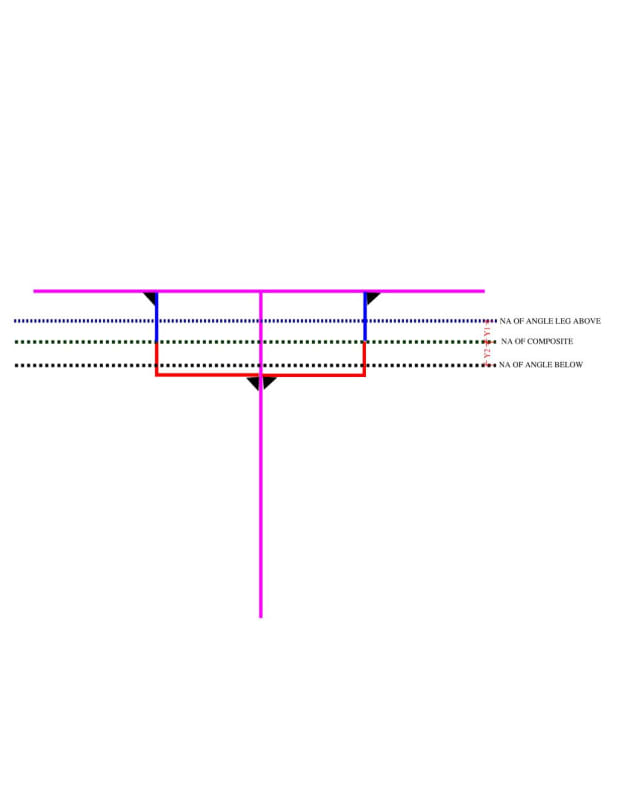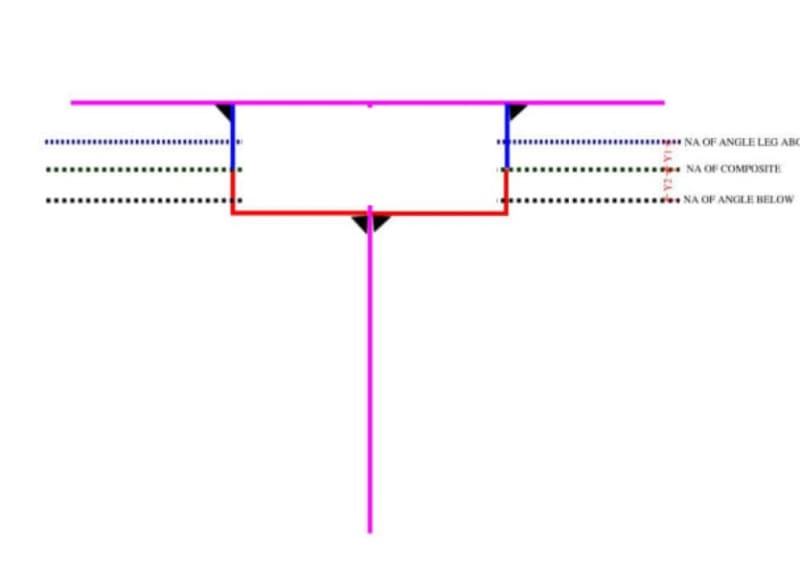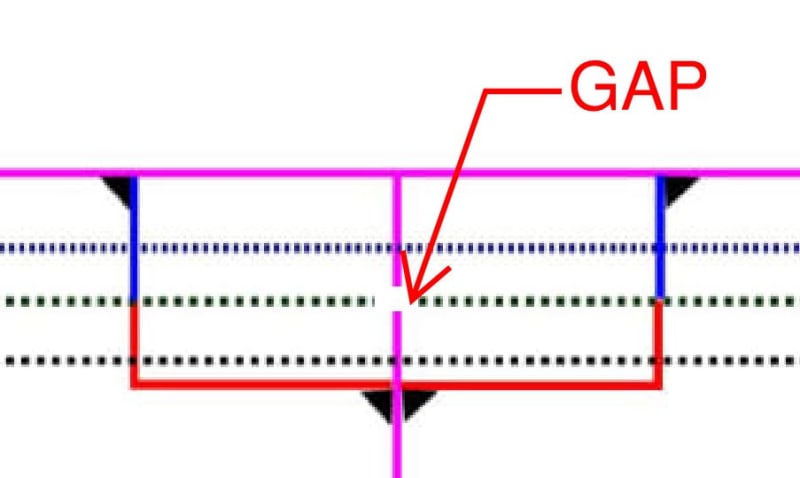Hi,
I am reinforcing WT with an angle. I am trying to understand how to come up with the force for weld design between the angle and the WT.
Was planning to design the shear stress as "Shear x (Area of angle) x (max Y1 or Y2) / (Moment of inertia of composite section)".

I am reinforcing WT with an angle. I am trying to understand how to come up with the force for weld design between the angle and the WT.
Was planning to design the shear stress as "Shear x (Area of angle) x (max Y1 or Y2) / (Moment of inertia of composite section)".



